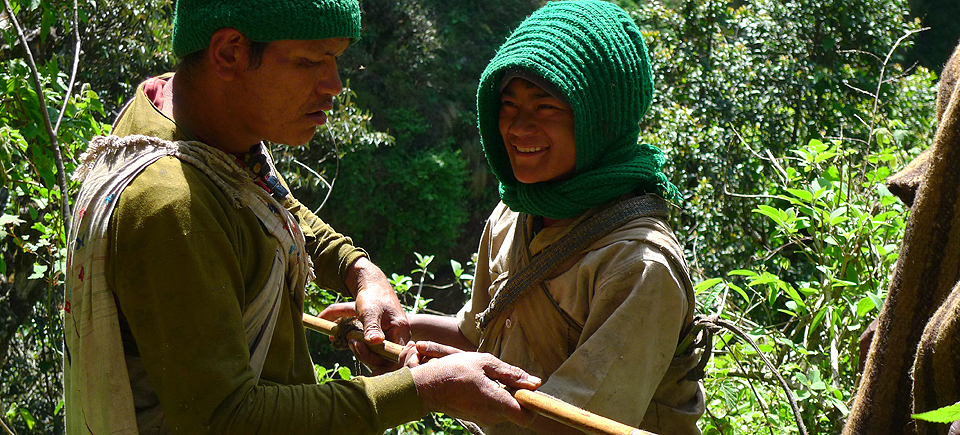
Becoming a Man: Rites of passage around the world
Becoming a Man: Rites of passage around the world
* This post was written by Mariana Santillan, who works in the field of cultural and educational project management, and acts as a consultant in intercultural communication.
This collection of films takes us to far away places to meet people who live in the heart of nature—in surroundings as magnificent as they are rugged. We discover the values, customs and practices of these diverse groups by sharing in their daily lives, and especially by following the stories of youth who are making their way toward adulthood. Below are some suggested educational activities for the classroom that incorporate the Becoming a Man series.
Travelling
Invite your students to explore the places where these stories take place by asking them to plan trips to these destinations. Where are the cities/villages that are presented in the films? How can the students get there? By plane? What is the price of a ticket, how long is the trip and what are the layovers like? Would they have to go part of the way by train, by foot or on the back of a reindeer? Would they need a guide? How would they equip themselves for the trip? What items would they take, given the climatic conditions and life there? This exercise brings the films into the real world and creates a link with the students’ own environment.
Image taken from the film Becoming a Woman in Zanskar
Discovering
Urge the students to learn about the cultures shown in the films by asking the following questions: What are the values, practices and customs of the depicted groups? What are the activities specific to children or adults? Are there differences between the activities undertaken by women and men? On what do they live? How are their work and rest days planned? Do they have any traditions? A particular diet? The students can supplement the information obtained in the films through Internet searches or by interviewing travellers, reading articles or stories, or inquiring at embassies. Their research may take the form of reports, card games, (photo) collages, etc.
Image taken from the film Amuy, the Army of Wasp Men
Understanding
What rites mark the passage to adulthood in each of the films? What meaning do they have for young people who experience them? What emotions must they experience? What challenges do they face? What resources do they have to meet the challenges? What skills will they develop or acquire? Students can also be asked about the importance of these rites of passage for the families of the young people and for the rest of the community. Who helps or guides the young people? What rights and responsibilities are they given, once they have successfully gone through this rite of passage? The accounts of the characters in the films are full of information. The students can create “passage” cards for each young person. They can also make a list of the traditions, rituals and objects associated with rites of passage and see if they change from one generation to the next.
Reflecting and Sharing
Ask your students if, despite the unfamiliar aspects of some of the traditions in the films, they see similarities between their lives and those of the main characters. Do they recognize the emotions, dreams or hopes expressed by the characters? Can they make comparisons to their own experiences? What are the rites of passage into adulthood in their own society? What objects are associated with them? What rights and responsibilities are given to young adults by society? Invite the students to present their findings in the form of…
- a book or a blog made up of intergenerational accounts of the rites of passage in their community;
- a guessing game made from photos of objects related to rites of passage;
- a letter describing their own rites of passage, addressed to the main character of their favourite film.
Image taken from the film Becoming a Man in Africa
Imagining
Ask your students to put themselves in the place of a policy maker who has to create new laws and rites marking the passage to adulthood. What proposals would they make to help young people be better prepared for adult life, better integrate into their community, and contribute more actively in civic life?
In closing: this series of films is an opportunity to find some familiarity in the unknown and to ask ourselves about the rituals that mark the passage to adulthood in our own society.
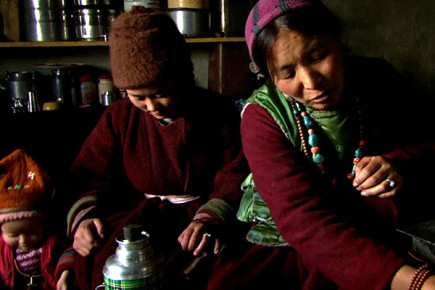
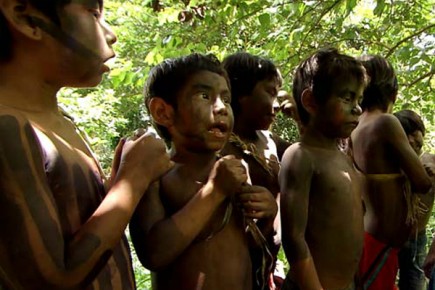
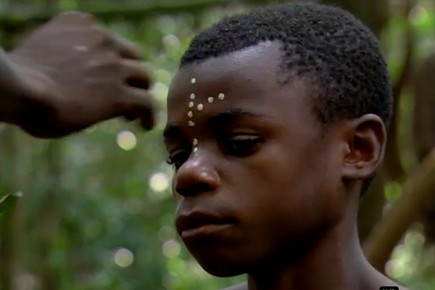
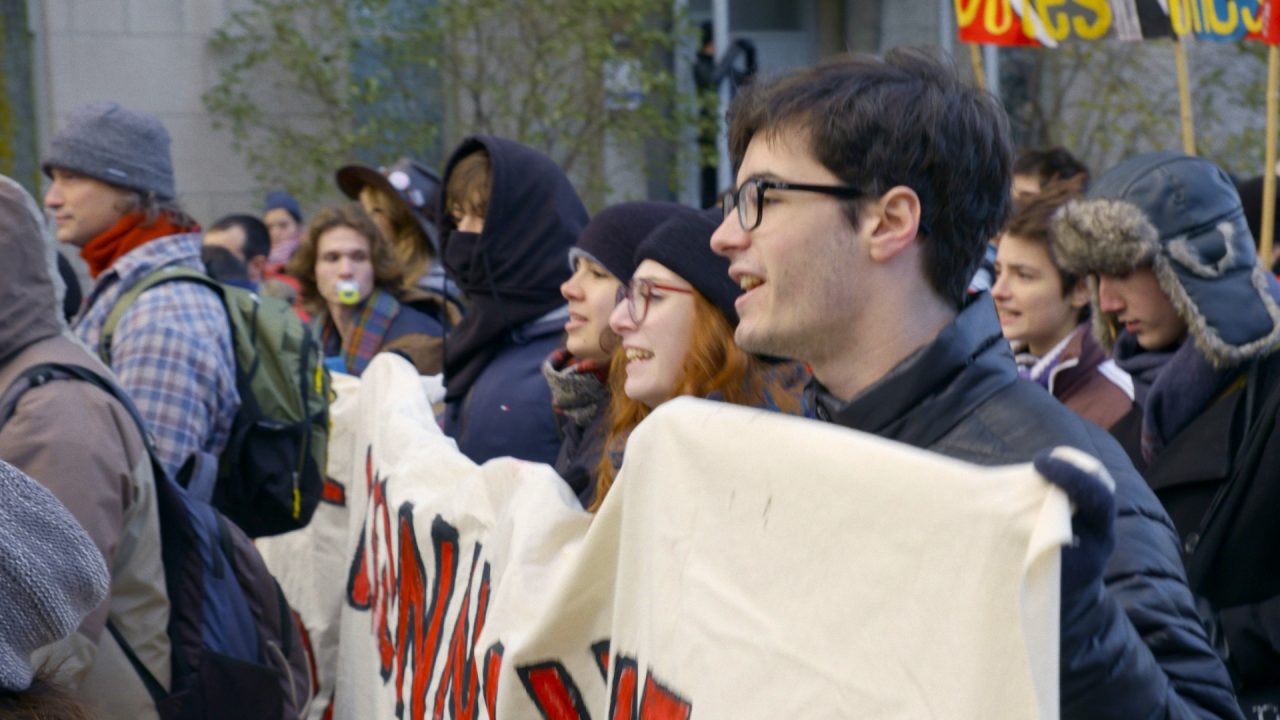

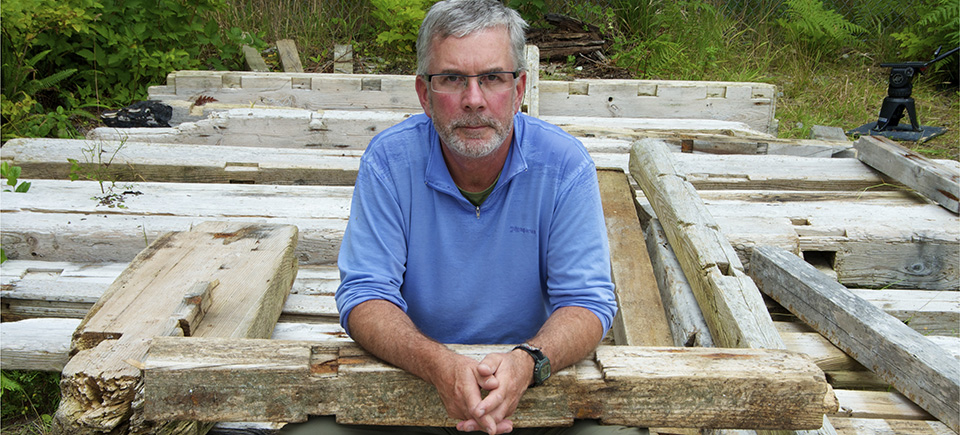
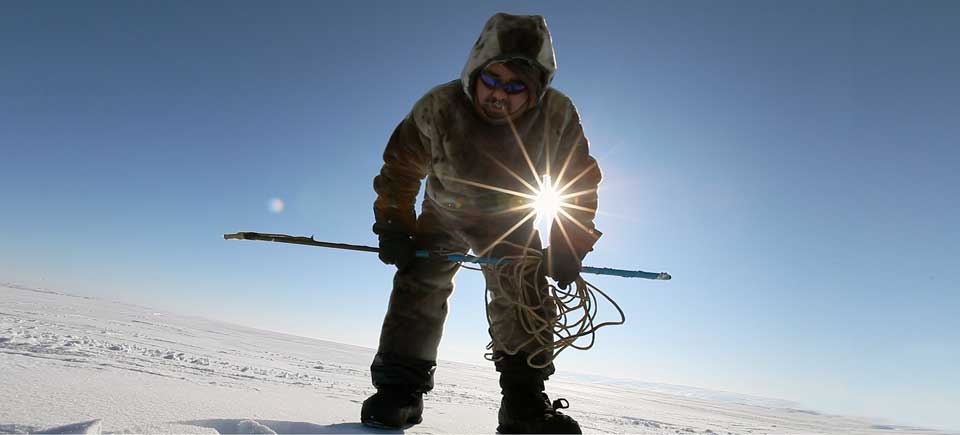
I appreciate your posting about the topic, even if the author’s bio is truncated (“acts as a consultant in intercultural communi”), but the tags on this post betray the bias that becoming a man and becoming a woman are equivalent. They aren’t. One does not “become a woman” in any cultural sense. That’s why becoming a man is a cross-cultural constant.
It would be harsh to assume that warmed-over downtown-progressive feminism caused someone to reflexively add the Becoming a Woman tag because, goshdarnit, we can’t let men have anything, even a struggle women don’t have.
Hello Joe,
Thanks for pointing out the typo/truncated word in the author’s bio. It has now been fixed.
Best,
Carolyne — NFB blog